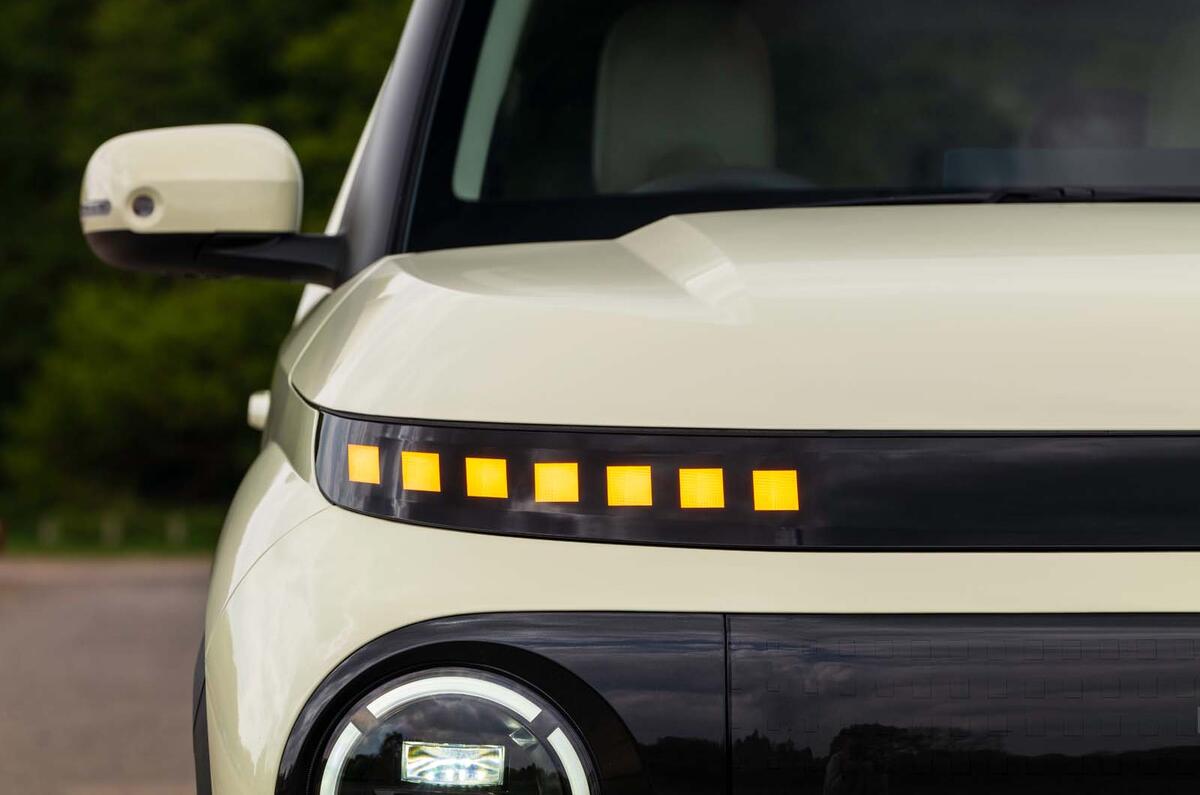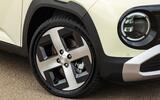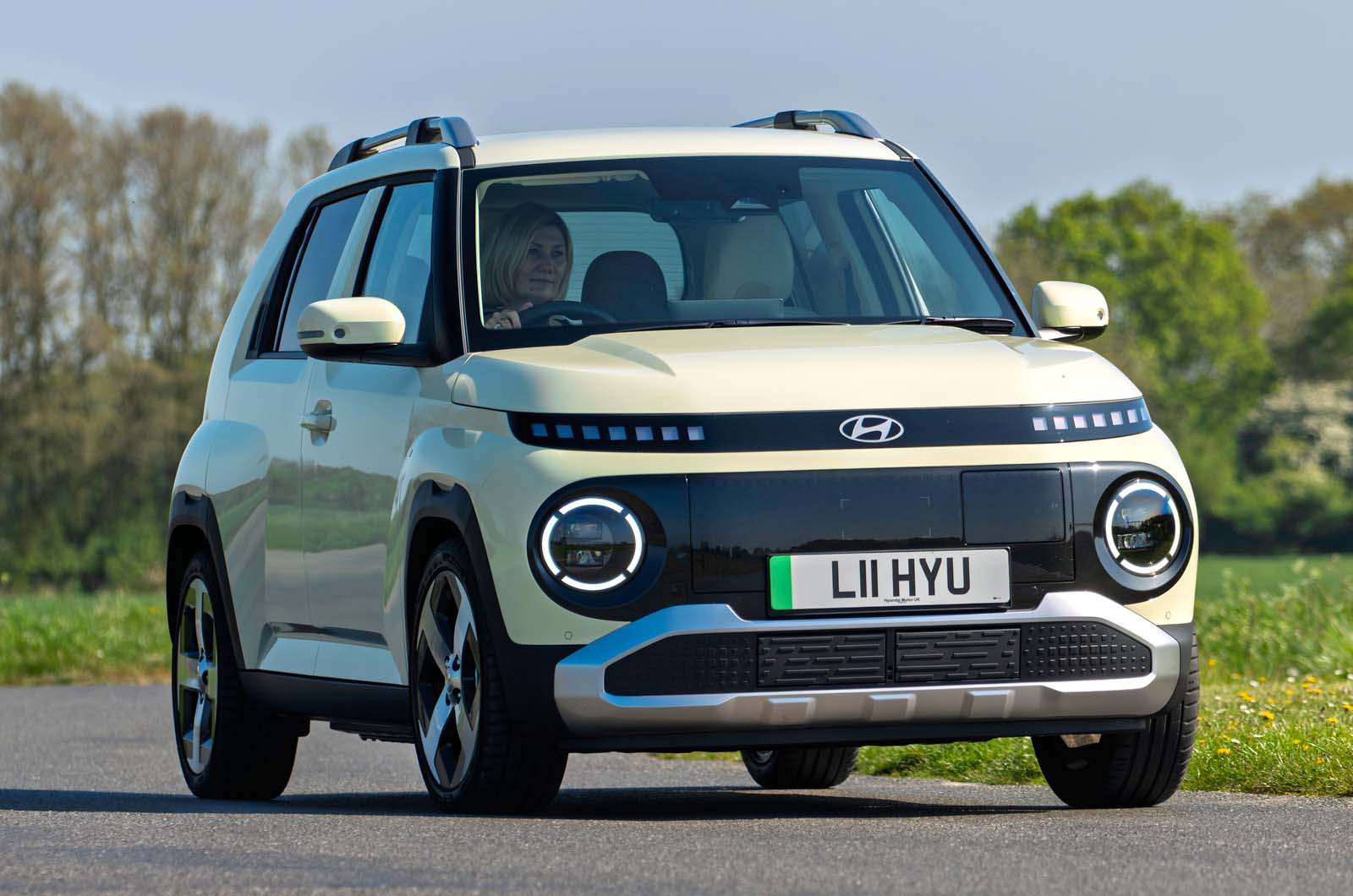Small electric cars are all the rage at the moment, and the latest newcomer to the UK is the Hyundai Inster.
While it has grown-up technology, its looks are far more cutesy. It's an electric car, yet small dimensions don’t mean a small range here: in big-battery form, it will go up to 229 miles between charges.
Hyundai claims that the Inster isn't tied to the A or B segment, having been designed to sit in the middle of both.
It's an interesting and quite different proposition to the norm, then, in being a small car on the outside but doing an impression of a larger one in its equipment levels and pricing.
Such cars have a track record of success in being small yet with a premium price, the Honda E coming to recent memory to that end. Still, any preservation of small cars is to be welcomed, particularly one as unique in its positioning as the Inster.
Our first taste of Hyundai's smallest EV came last November in its native South Korea. Now we’ve sampled it in right-hand-drive form to see how it stacks up against the Citroën ë-C3, Renault 5 and more.






































